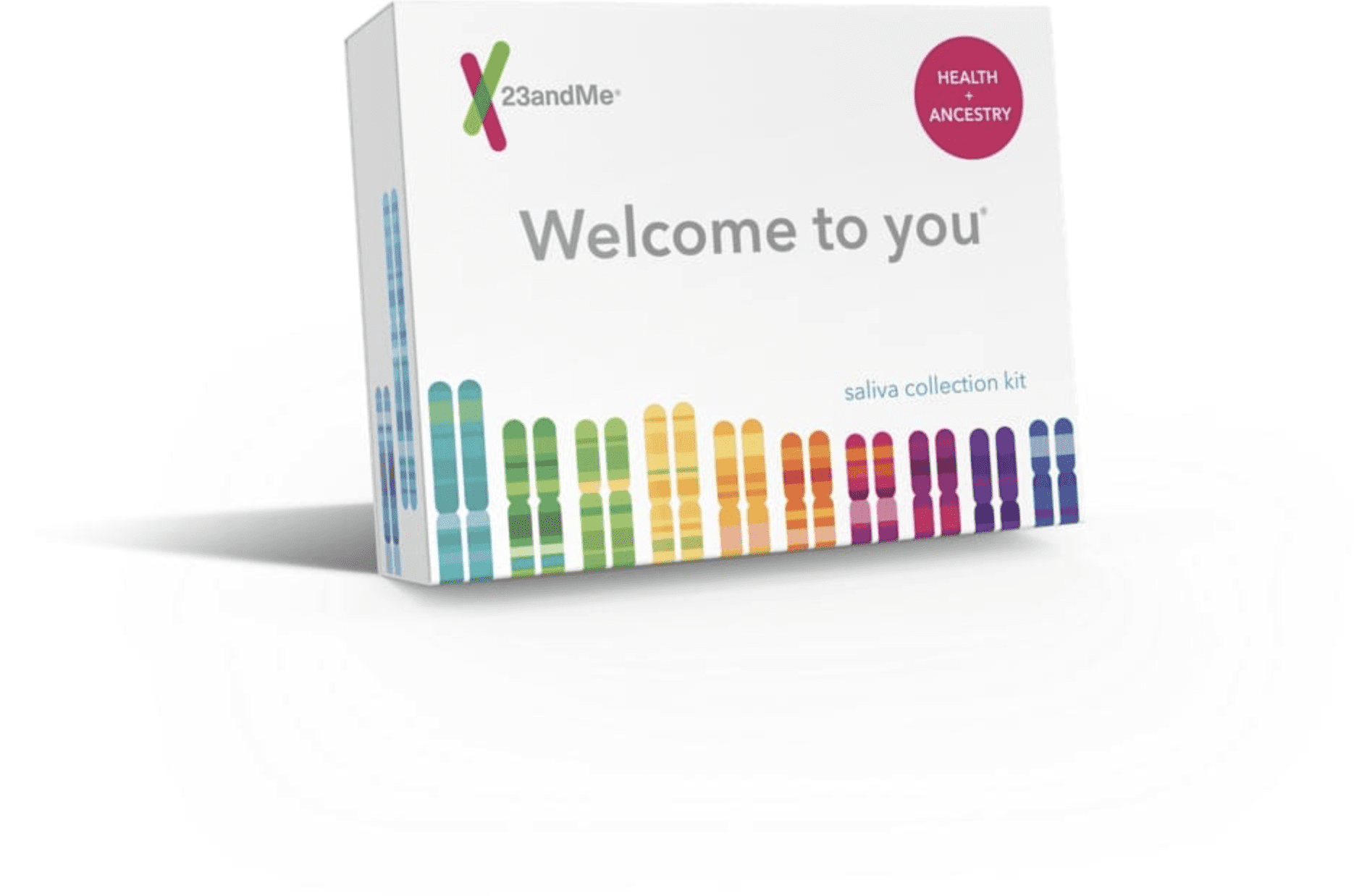Is Hereditary Amyloidosis Genetic?Explore Hereditary Amyloidosis and what your DNA can tell you
What is TTR-Related Hereditary Amyloidosis?
TTR-related hereditary amyloidosis is a genetic condition caused by the buildup of a protein called transthyretin (TTR) in the body’s tissues and organs. This protein buildup, called amyloidosis, can damage the nerves, the heart, and other parts of the body.
Is TTR-Related Hereditary Amyloidosis Genetic?
Yes,TTR-related hereditary amyloidosis is genetic. It is caused by genetic variants (differences) in the TTR gene. However, TTR-related hereditary amyloidosis is not the only cause of amyloidosis. There are other forms of hereditary amyloidosis that are caused by genetic variants in other genes. In addition, some people develop TTR-related amyloidosis without a genetic variant.

How TTR-Related Hereditary Amyloidosis Develops
The TTR gene contains instructions for making a protein called transthyretin. Certain variants in the TTR gene make the protein less stable, which can cause it to fold incorrectly and clump together into abnormal structures called amyloid fibrils. These amyloid fibrils can then build up in the body’s tissues and organs.
Typical Signs and Symptoms
The symptoms depend on how much and where the build-up of protein occurs. The most common places of protein build-up are in the nerves and in the heart. Build-up of protein in the nerves can result in peripheral neuropathy and autonomic neuropathy (types of nerve damage). Symptoms of peripheral neuropathy can include carpal tunnel syndrome, as well as tingling, numbness, or burning in the hands, legs, or feet. Symptoms of autonomic neuropathy can include constipation, diarrhea, sexual dysfunction, and dizziness. Build-up of protein in the heart can lead to cardiomyopathy (heart damage), which can lead to heart failure.
Find out if your genetics might increase your likelihood of developing Hereditary Amyloidosis
23andMe can tell you if you may have an increased risk of developing TTR-related hereditary amyloidosis based on your genetics. The 23andMe Hereditary Amyloidosis (TTR-Related) Genetic Health Risk report* looks for three genetic variants in the TTR gene linked to hereditary amyloidosis. You can get the report and more with the 23andMe Health + Ancestry Service.

Health + Ancestry Service
*The 23andMe PGS test uses qualitative genotyping to detect select clinically relevant variants in the genomic DNA of adults from saliva for the purpose of reporting and interpreting genetic health risks. It is not intended to diagnose any disease. Your ethnicity may affect the relevance of each report and how your genetic health risk results are interpreted. Each genetic health risk report describes if a person has variants associated with a higher risk of developing a disease, but does not describe a person’s overall risk of developing the disease. The test is not intended to tell you anything about your current state of health, or to be used to make medical decisions, including whether or not you should take a medication, how much of a medication you should take, or determine any treatment. The TTR-related hereditary amyloidosis genetic health risk report is indicated for reporting of V122I, V30M, and T60A variants in the TTR gene and describes if a person has variants associated with an increased risk of developing TTR-related hereditary amyloidosis. The majority of the variants included in this report have been most studied in people of African Americans, West African, Portuguese, Northern Swedish, Japanese, Irish, and British descent.
References
Genetic and Rare Diseases Information Center (GARD). “Familial transthyretin amyloidosis”. Retrieved March 5, 2019, from https://rarediseases.info.nih.gov/diseases/656/transthyretin-amyloid-neuropathy.
Genetics Home Reference. “Transthyretin amyloidosis.” Retrieved Dec 15, 2019 from https://ghr.nlm.nih.gov/condition/transthyretin-amyloidosis.
Sekijima Y et al. (2001). “Familial Transthyretin Amyloidosis.” [Accessed Dec 15, 2019].